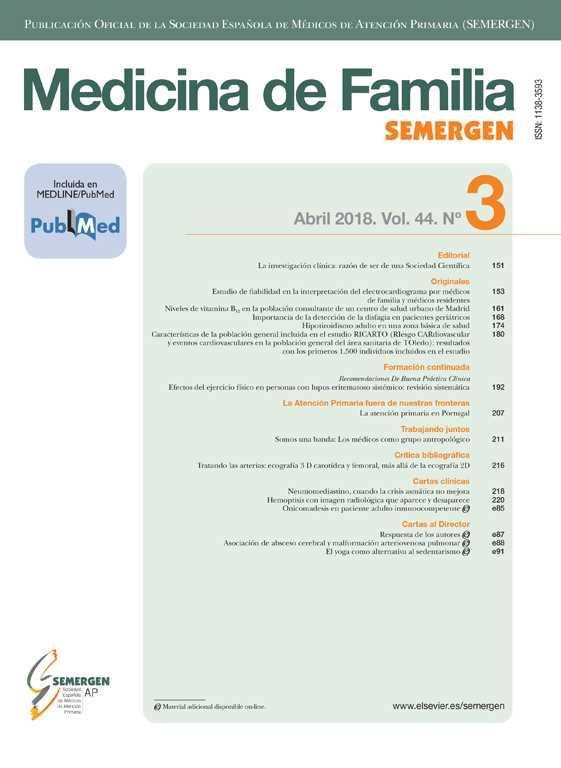El primer objetivo del uso de un anticonceptivo oral combinado (AOC) es el de evitar un embarazo. En ocasiones el AOC se asocia a efectos secundarios, pero cada día se conocen mejor los efectos beneficiosos no anticonceptivos del mismo. Existe evidencia de una buena calidad que asocia el uso de AOC con la mejoría de la dismenorrea, la disminución del sangrado menstrual y la mejoría del síndrome premenstrual. También se sabe que el uso de AOC protege frente a la enfermedad inflamatoria pélvica (EIP) y el embarazo ectópico, reduce la pérdida mineral ósea y es eficaz en el tratamiento del acné leve y moderado. Además, la AOC disminuye la incidencia de cáncer de ovario y cáncer de endometrio. Conocer estos efectos beneficiosos resulta de interés tanto para los profesionales sanitarios como para las mujeres.
The first objective of using a combined oral contraceptive (COC) is that of avoiding pregnancy. COC is sometimes associated to side effects, but its non-contraceptive beneficial effects are becoming known day by day. There is evidence of the good quality associated to the use of COC with the improvement of dysmenorrhea, decrease of menstrual bleeding and improvement of premenstrual syndrome. It is also known that the use of COC protects against pelvic inflammatory disease (PID), and ectopic pregnancy, reduces bone mineral loss and is effective in the treatment of mild and moderate acne. Furthermore, COC decreases the incidence of ovarian cancer and endometrial cancer. Knowing these beneficial effects is of interest, both for the health care professionals and for women.






